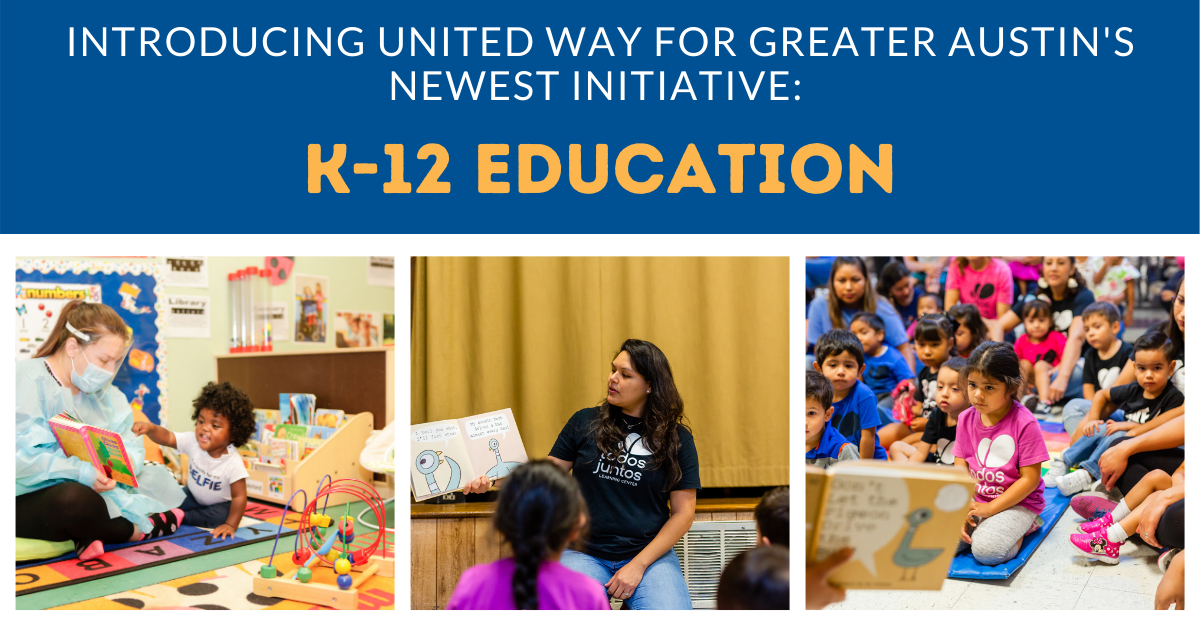The Michael & Susan Dell Foundation recently approached United Way for Greater Austin with an opportunity to expand our work beyond early childhood education and into the K-12 space. The Foundation offered funding because they’ve seen proof of our impact as a convening organization with both the Success By 6 and 2-Gen Coalitions. We’re honored to serve as a convener within the K-12 space, partnering with dozens of organizations to amplify our collective impact and create greater equity for students in our community.
This year, our K-12 work will focus on bringing together a diverse coalition of literacy advocates, including nonprofit leaders, librarians, teachers, and parents, to work towards a shared vision of supporting children to ensure they are reading on grade level by the 4th grade.
We’re excited to give you a behind the scenes look at what goes into building a coalition to create equitable systems changes in our community.
We all know that a good story highlights the who, what, where, when, why, and how. But, these are also critical questions and factors that we engage with in our systems change work. Today we’re going to look at “the why”.
Why is United Way for Greater Austin expanding into the K-12 space?
Currently, our focus on education is centered around ensuring that ALL children in our community are Kindergarten-ready. But we know the work doesn’t stop at age six. The increased earning potential of an individual who attains a high school diploma or goes on to attain a college degree is substantially greater than those who do not have the opportunity to do so.
We’re bringing together people, ideas, and resources to create systems change in K-12 education that will lead to greater educational attainment rates for local children – which will in turn create more opportunity for everyone in our community.
Why is it important that children are reading on grade level by fourth grade?
By the end of third grade, children transition from “learning to read” to “reading to learn”. If a student isn’t reading at grade level, they can fall behind, and are four times more likely to not graduate high school than their peers.
Interested in learning more? Register for our upcoming virtual event featuring Director of K-12 Education Michelle Hutson-Crawford on March 23 at 1PM.
